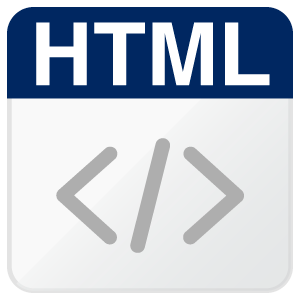Hi All,
What would one need to do to a stock LightCrafter 4500 in order to modify it for use with fiber coupled laser sources? Something similar to what EKB has done with their "Fiber E4500MKII" offering: 
Normally, I'd just buy one of these to save time. However, the research group I'm currently working with has already purchased a 4500, and doesn't have the spare funds for another.
Basically, the application will be in projecting random dithered structured light patterns, and requires a relatively high radiant flux (>=10W). Wavelength doesn't matter (can be anywhere between 400nm and 800nm). It would be awfully convenient to have the source fiber-coupled for apparatus design and safety reasons.
Thanks,
Michael

